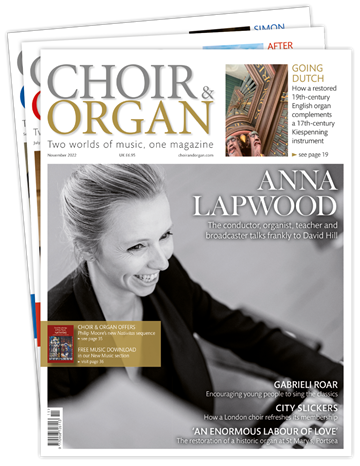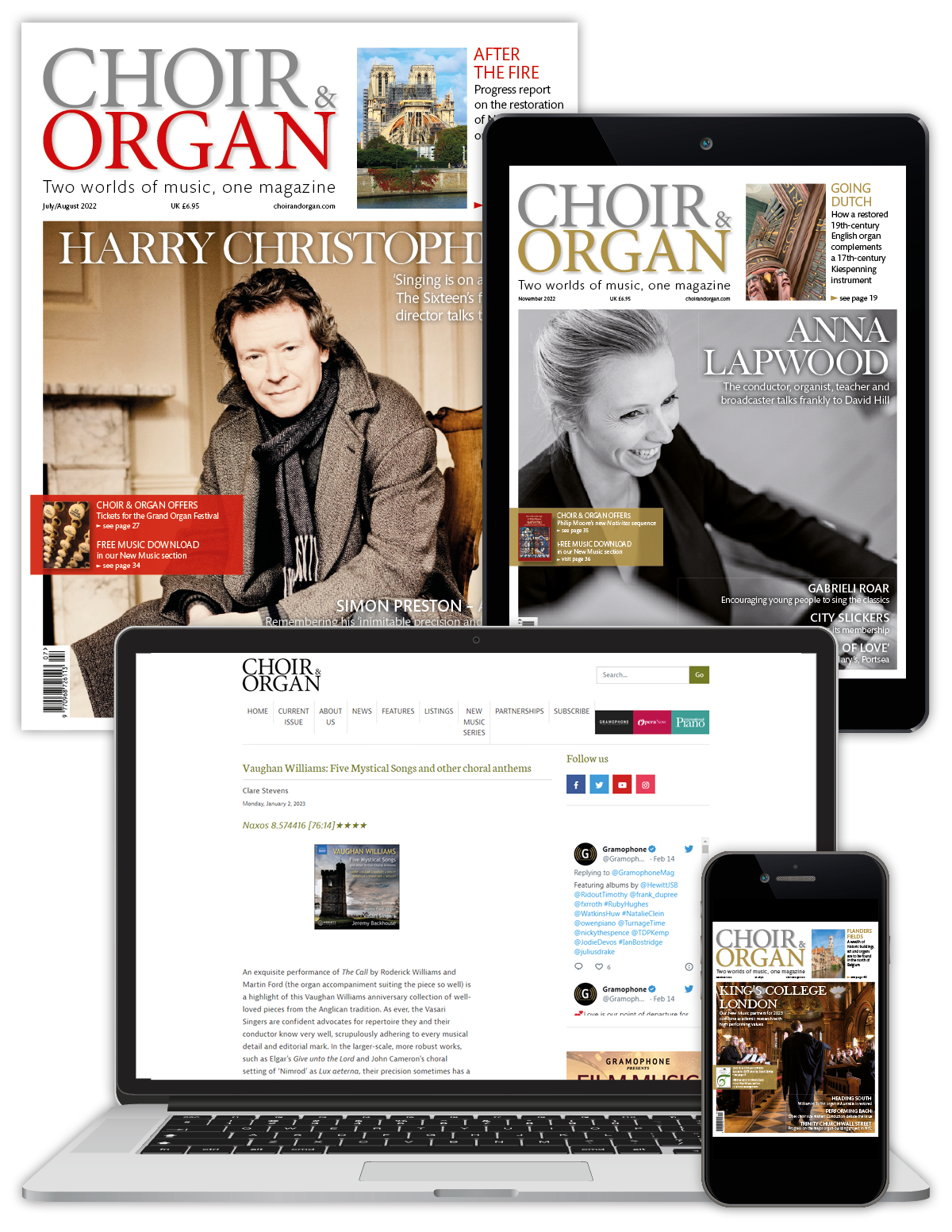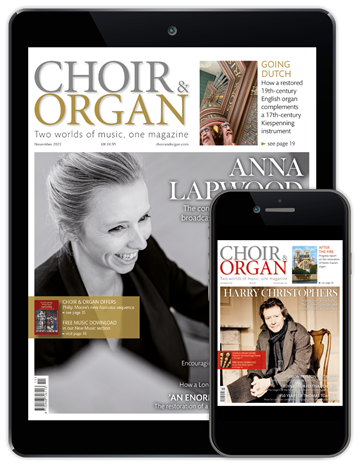Langlais: Organ Music, Vol 1 (Giorgio Benati, Fausto Caporali)
Rupert Gough
Friday, February 23, 2024
Across this whole volume there is simply not enough care and attention paid to legato phrasing of melodic line, particular in the pedal parts

Giorgio Benati, Fausto Caporali, various organs in Italy
Brilliant Classics ★★★
This is the first volume of an ambitious project to record the complete organ works over more than 20 CDs. The project is curated by organist Giorgio Benati, himself a pupil of Langlais who shares this recording with Fausto Caporali. Luciano Carbone also joins the line-up for the Third Fantasy for two organists. There is no discernable logic to the compilation and the earliest pieces to feature in this first volume of five discs are the 24 Pièces from the 1930s performed on the harmonium. We are going to have to wait longer for the major works as this volume mostly contains the later collections of smaller pieces: Neuf Pièces (1942/3), The Organ Book (1956), 12 Petites Pièces (1962), 6 Petites Pièces (1976), 4 Preludes (1975), 8 Preludes (1984), Versets (1986), Expressions (1988). It is disappointing not to see even one of the symphonies.
The organs featured are from various churches in Italy, all chosen to suit the specific style and requirements of the chosen repertoire. Although one might have reservations about the choice of instruments, it is worth remembering that Langlais was a well-travelled recitalist and the possibilities afforded by different styles of organ were absorbed into much of his music. Appropriately therefore this compilation begins with the Hommage à Frescobaldi performed on the 1984 Mascioni Organ of Cremona Cathedral. This is more successful than other choices: the Suite Brève, for example, is recorded on the 1960 Ruffatti Organ of Santa Maria Assunta, Cluone which simply does not have the right registrations available.
The main issue I have with this new box set is that the quality of performance is really rather hit and miss – some pieces lack the required attention to detail while others are just rather lifeless. Expressions is completely lacking in, well, expression! Indeed, some performances are notably sub-standard: wrong registrations, wrong and/or split notes, inaccurate rhythm, very inconsistent and lumpy legato. Across this whole volume there is simply not enough care and attention paid to legato phrasing of melodic line, particular in the pedal parts. Langlais’ own recordings are characterised by almost seamless legato – such a key element of this style of writing. This is particularly evident in the polyphony of the Cantilène from the Suite Brève. The rendition of this movement sounds like a struggle and is in no way ‘sung’. Sadly, as one of the key works on this volume, the whole suite is particularly disappointing, complete with split notes.
It is good to have all of these pieces referenced together but ultimately there are simply better recordings already available on the market, including the complete works recorded by Ann Lebounsky between 1979 and 2000.
This review originally appeared in the Spring 2024 issue of Choir & Organ magazine. Never miss an issue – subscribe today






